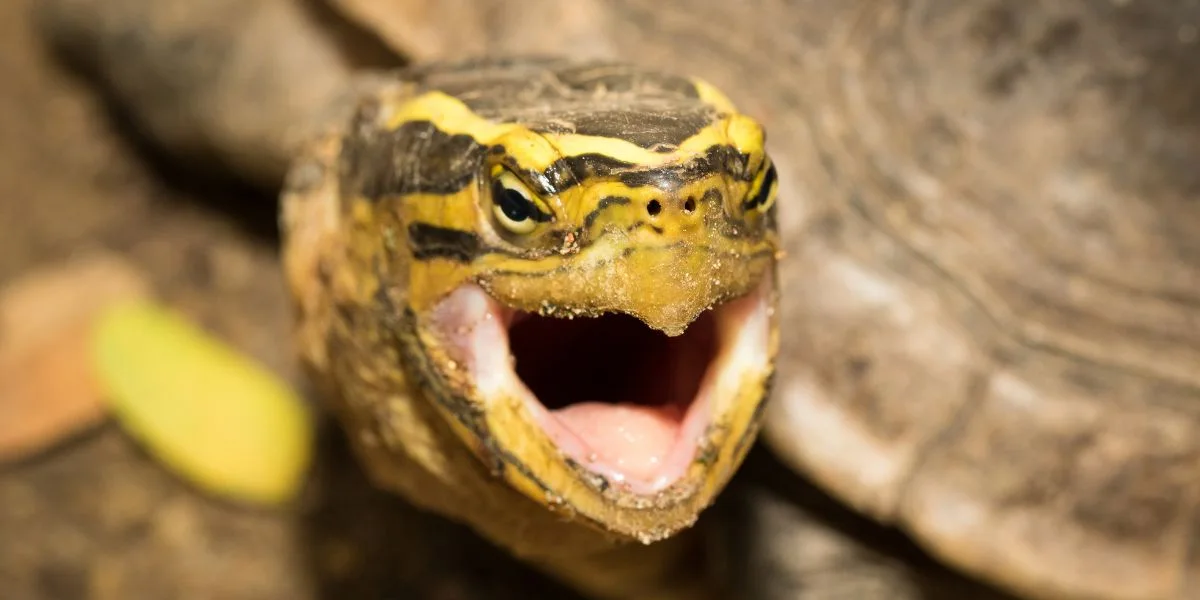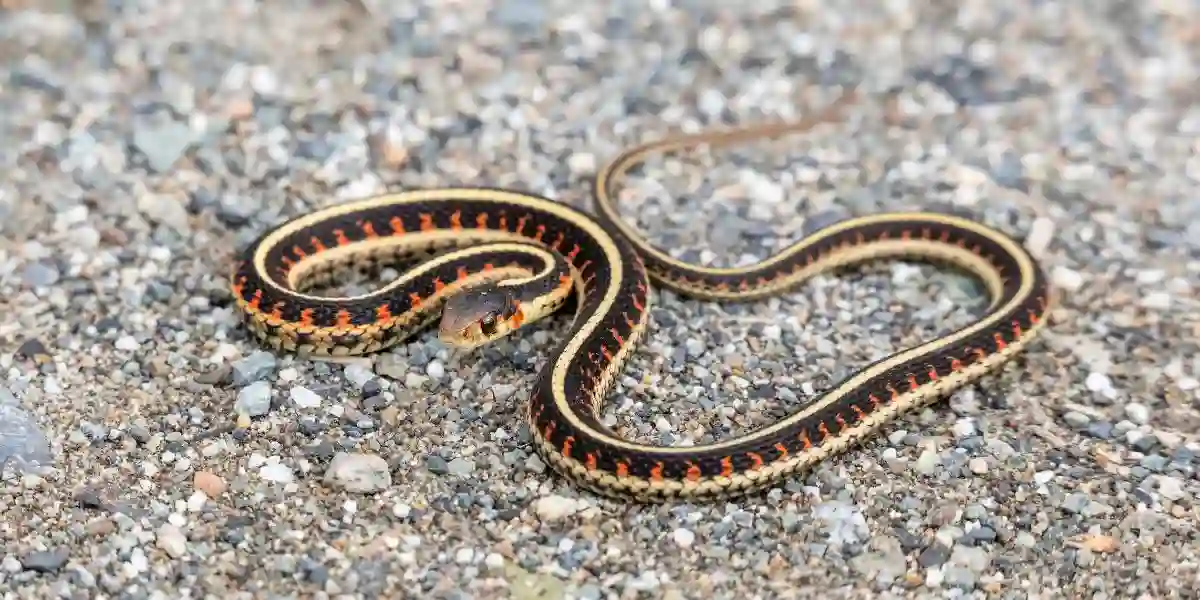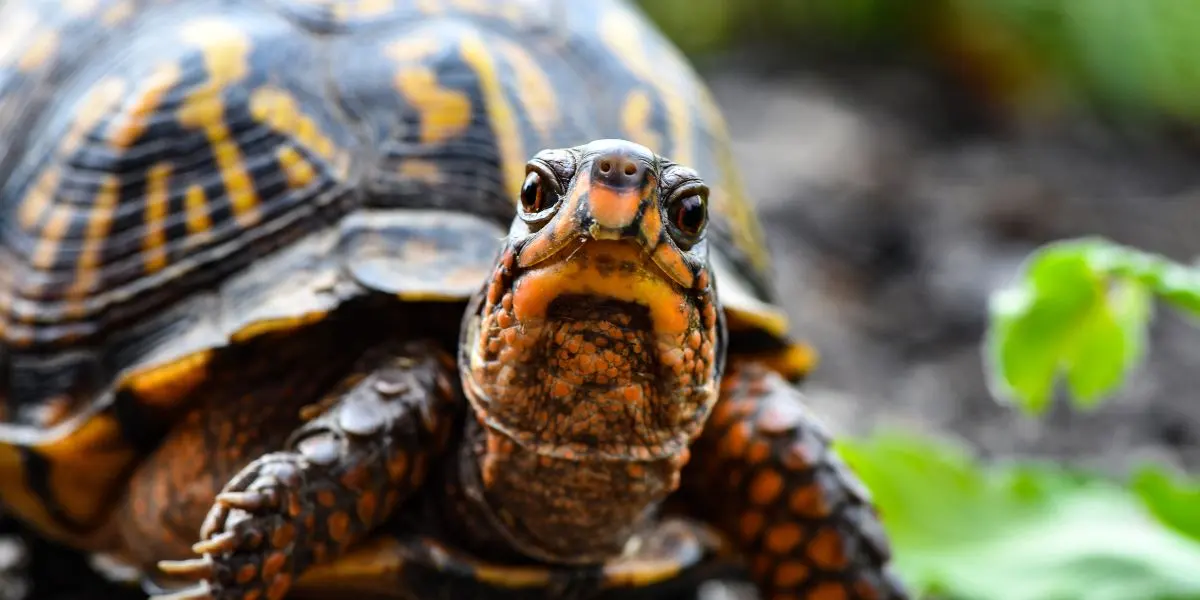When it comes to the world of snakes, there is a fascinating array of terminology used to describe the different stages of their life cycle. From the moment they hatch from their eggs, these slithering creatures go through various developmental phases.
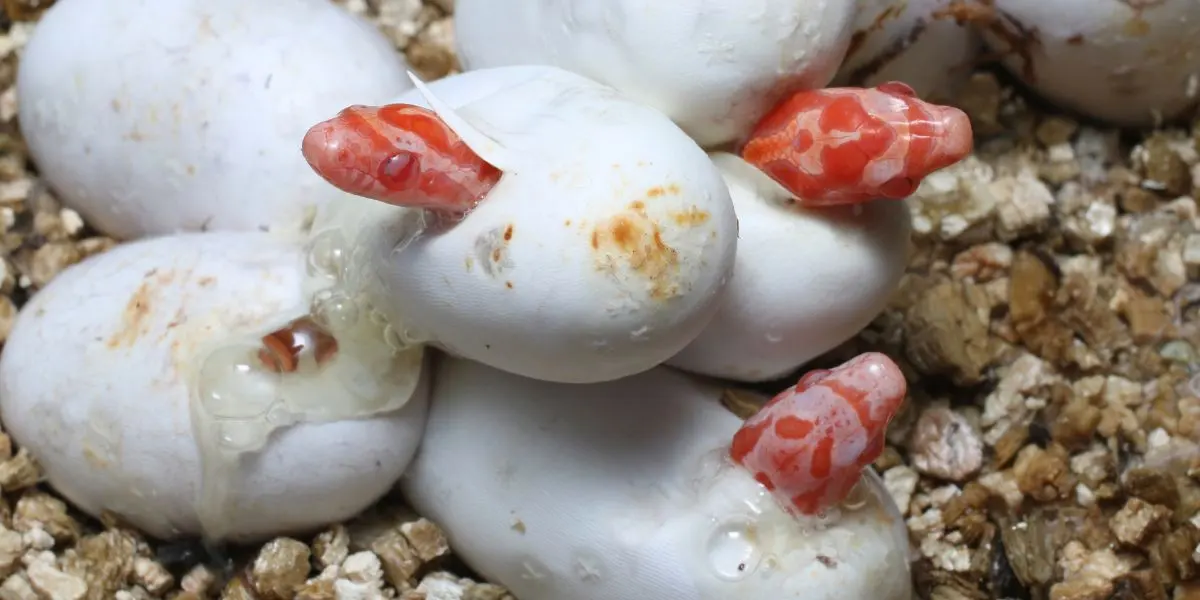
Understanding the terminology associated with each stage is not only interesting but also crucial for effective communication and research. In this essay, we will delve into the question of what a baby snake is called and explore the significance of this terminology.
Background Information on Snakes
Before we dive into the terminology, let’s first familiarize ourselves with some background information about snakes. Snakes are a diverse group of reptiles, belonging to the suborder Serpentes.
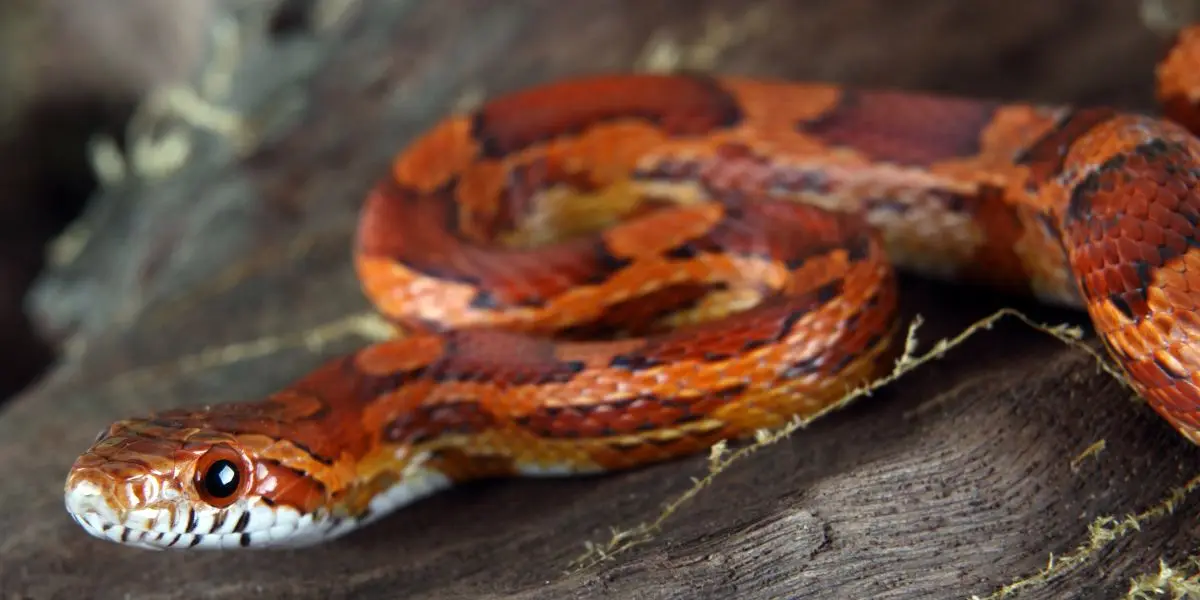
They can be found in various habitats across the globe, except for Antarctica. With over 3,000 known species, snakes come in a wide range of sizes, colors, and patterns. They are known for their elongated bodies, lack of limbs, and unique ability to swallow their prey whole.
Snake Life Cycle Stages
Like many other animals, snakes go through different stages in their life cycle. These stages include hatching from eggs, infancy, adolescence, and adulthood.
Each stage is marked by distinct physical and behavioral changes. Understanding these stages is essential for studying snake biology, behavior, and conservation efforts.
| Stage | Description |
|---|---|
| Egg | Snakes begin their life cycle as eggs laid by adult females. |
| Hatchling | Newly hatched snakes that have recently emerged from their eggs. They are often small and vulnerable. |
| Juvenile | Young snakes (Neonate) that have undergone some growth but are not yet fully mature. They may exhibit distinct juvenile patterns and colors. |
| Subadult | Snakes in this stage are transitioning from juveniles to adults. They are larger than juveniles but may still exhibit some characteristics of immaturity. |
| Adult | Fully grown snakes that have reached sexual maturity and exhibit the characteristics of their species. They are capable of reproduction. |
| Senescence | As snakes age, they may enter the stage of senescence or old age. Their physical condition and abilities may decline, and they may have reduced reproductive capacity. |
| Geriatric | This stage represents the advanced old age of snakes. They may experience further declines in health, mobility, and reproductive ability. |
Terminology for Different Stages of a Snake’s Life
Now, let’s explore the terminology used to describe the various stages of a snake’s life cycle.
Hatchling
The term “hatchling” is commonly used to refer to a baby snake that has recently emerged from its egg. Hatchlings are typically small and fragile, often measuring only a few inches in length.
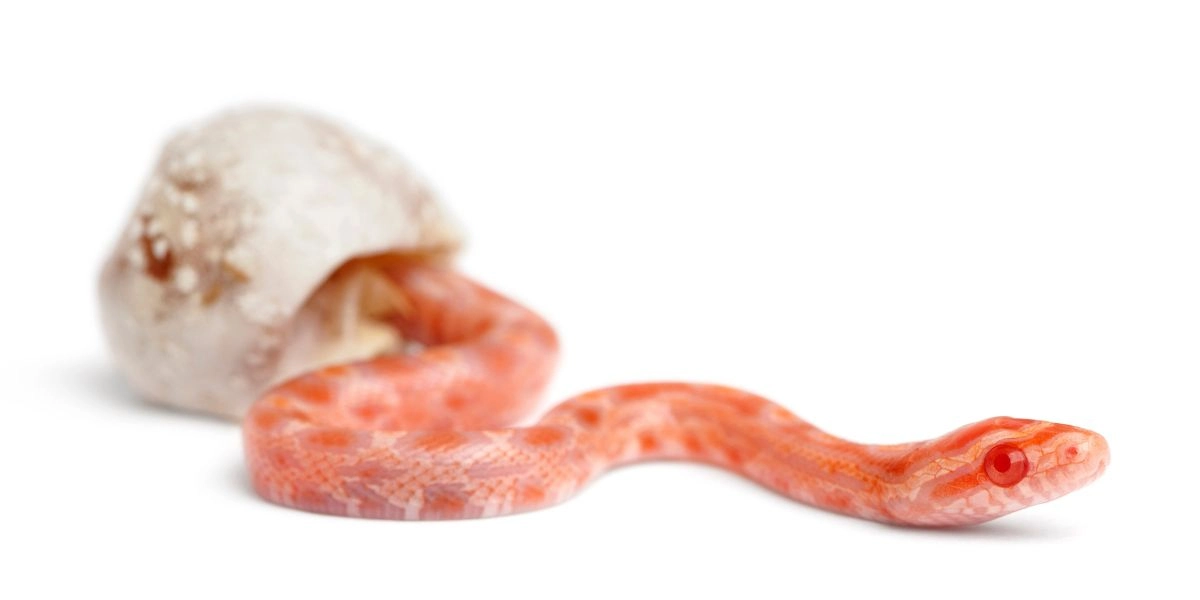
They possess all the characteristics of adult snakes but in miniature form. Hatchlings are entirely independent from birth and are capable of hunting and defending themselves.
Examples of snake species that have hatchlings include the corn snake, ball python, and garter snake.
Neonate
The term “neonate” is another word used to describe baby snakes. Neonates are slightly older than hatchlings and have undergone some development since hatching.
They are still relatively small and may exhibit some differences in behavior compared to hatchlings.
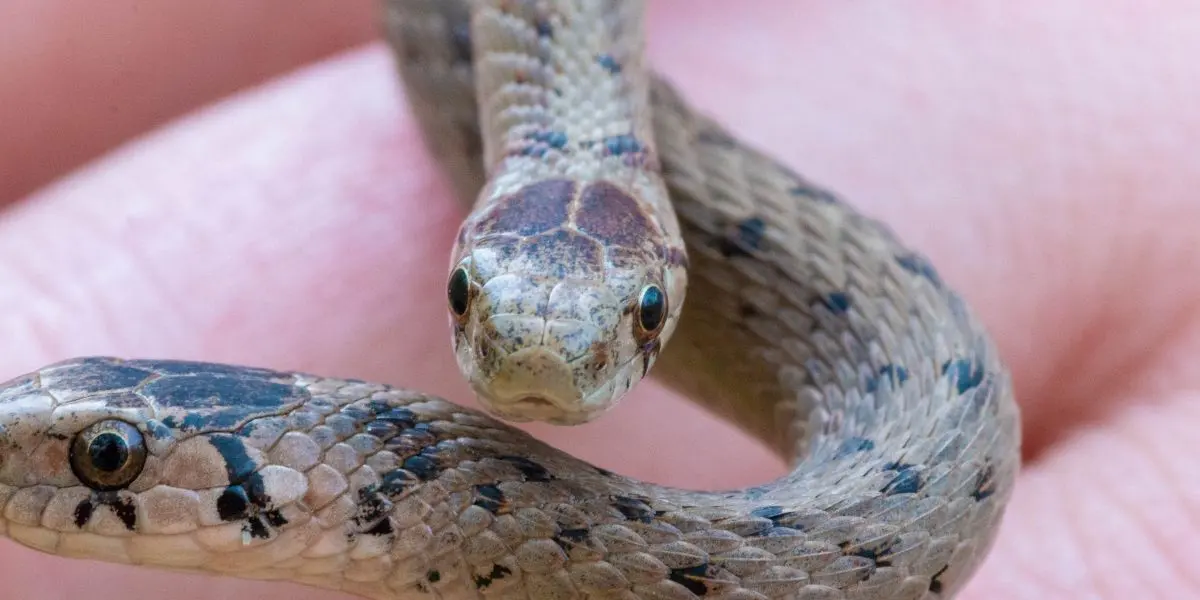
Neonates are often more active and may start exploring their surroundings. They may also display more advanced hunting techniques.
Examples of snake species that have neonates include the king cobra, black mamba, and rattlesnake.
Other Terms for Baby Snakes
In addition to hatchlings and neonates, there are other terms used to refer to baby snakes. These terms include “snakelet,” “young snake,” or “juvenile.”
The specific terminology used can vary depending on the snake species and the context in which it is being discussed.
It is important to note that different snake species may have different names for their young, and the terminology can sometimes be subjective.
However, using accurate and specific terminology is crucial for clear communication and avoiding confusion.
Common Misconceptions and Myths
Before we conclude, let’s address a couple of common misconceptions and myths surrounding baby snakes.
Misconception: Baby Snakes are Called “Worms” or “Noodles”
One misconception that often arises is that baby snakes are referred to as “worms” or “noodles.” While this misconception may stem from the slender and elongated appearance of snakes, it is important to distinguish between these creatures.
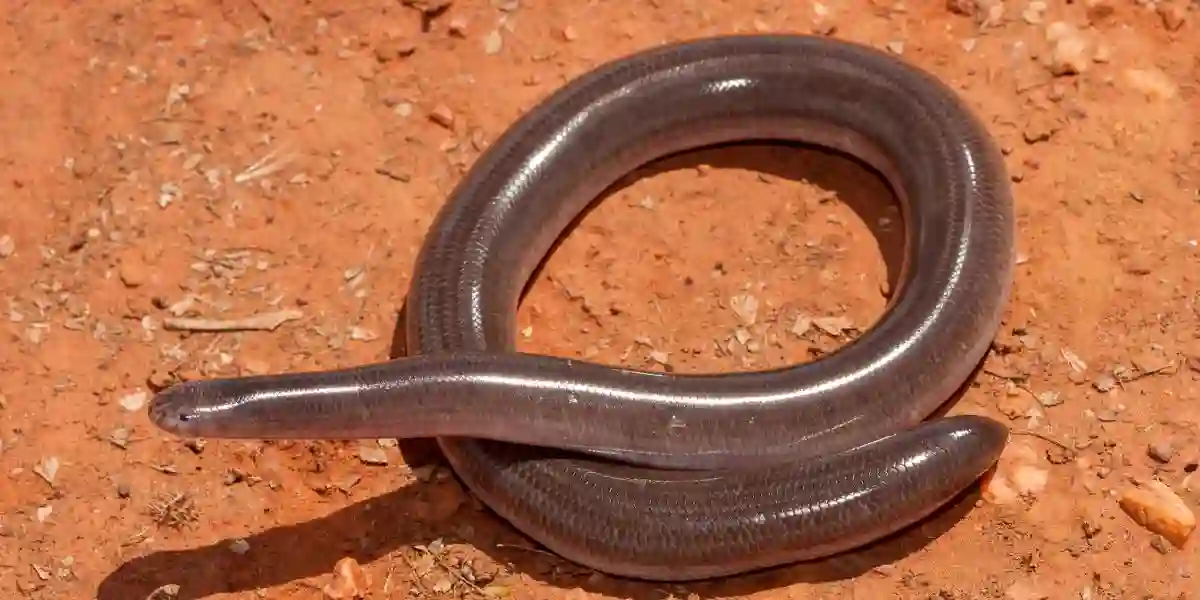
Snakes are reptiles, while worms are invertebrates belonging to the phylum Annelida. They are two distinct groups of animals with different characteristics and evolutionary histories.
Myth: All Baby Snakes are Venomous
Another myth that needs debunking is the belief that all baby snakes are venomous. While it is true that some snake species are venomous, not all baby snakes possess venom.
Venomous snakes produce venom in specialized glands, but these glands are not fully developed in newborn snakes. It takes time for venomous snakes to develop their venomous capabilities, and they become more dangerous as they grow and mature.
It is important to dispel this myth for the sake of safety and conservation efforts.
Frequently Asked Questions
A juvenile snake is a snake that is in the early stages of its life after hatching from an egg or being born. It refers to a snake that is not fully grown but has passed the stage of being a newborn or hatchling.
Some juvenile snakes can be venomous, depending on the species. Venomous snakes are born with the ability to produce venom, so even as juveniles, they can pose a potential threat if they bite and inject venom. It is important to exercise caution and treat all snakes, including juveniles, with respect and avoid unnecessary handling unless you have expertise in dealing with them safely.
The appearance of baby snakes can vary depending on the species, but they generally resemble miniature versions of adult snakes. They have the same body shape, scales, and patterns as their adult counterparts but are smaller in size.
Yes, snakes reproduce by laying eggs or giving birth to live young, depending on the species. Both methods result in the existence of baby snakes.
Baby anacondas are typically referred to as “anaconda hatchlings” or “anaconda neonates.”
Baby rattlesnakes are commonly referred to as “rattlesnake neonates” or “rattlesnake young.” They are also sometimes called “baby rattlers.”
The Brahminy blind snake, also known as the flowerpot snake, is a species of snake that resembles a worm, particularly in its size and appearance. It is small, slender, and has a pinkish or brownish coloration.
The coloration of baby rat snakes can vary depending on the species, but they often have vibrant patterns and colors. Commonly, baby rat snakes have gray, brown, or reddish-brown backgrounds with darker blotches or spots.
Conclusion
Understanding the terminology for different stages of a snake’s life cycle is crucial for effective communication and research.
From hatchlings to neonates, each stage represents a unique phase in a snake’s development.
By using accurate terminology, we can avoid confusion and better appreciate the diversity and complexity of these fascinating creatures.
So, the next time you come across a baby snake, you’ll know exactly what to call it.


